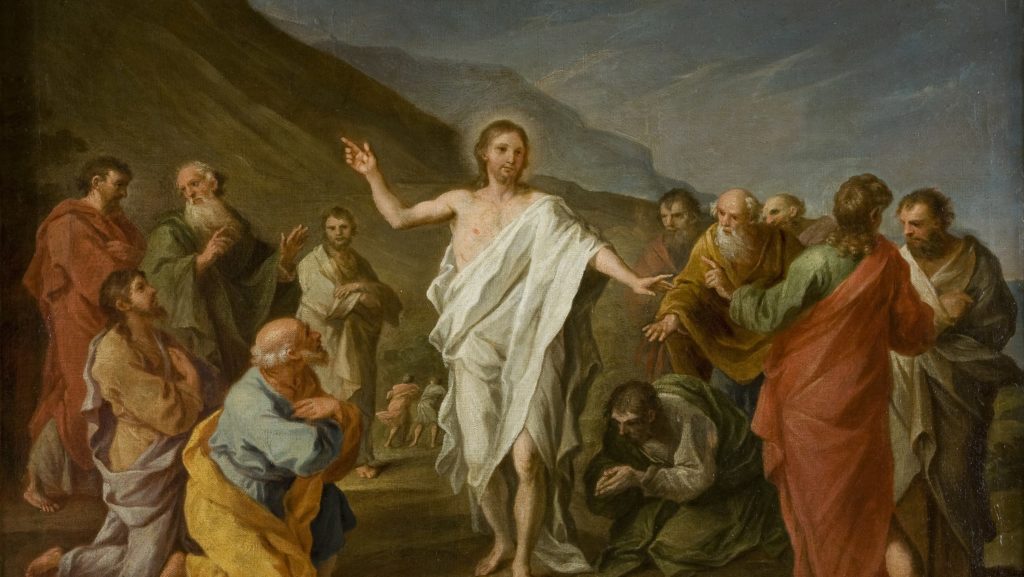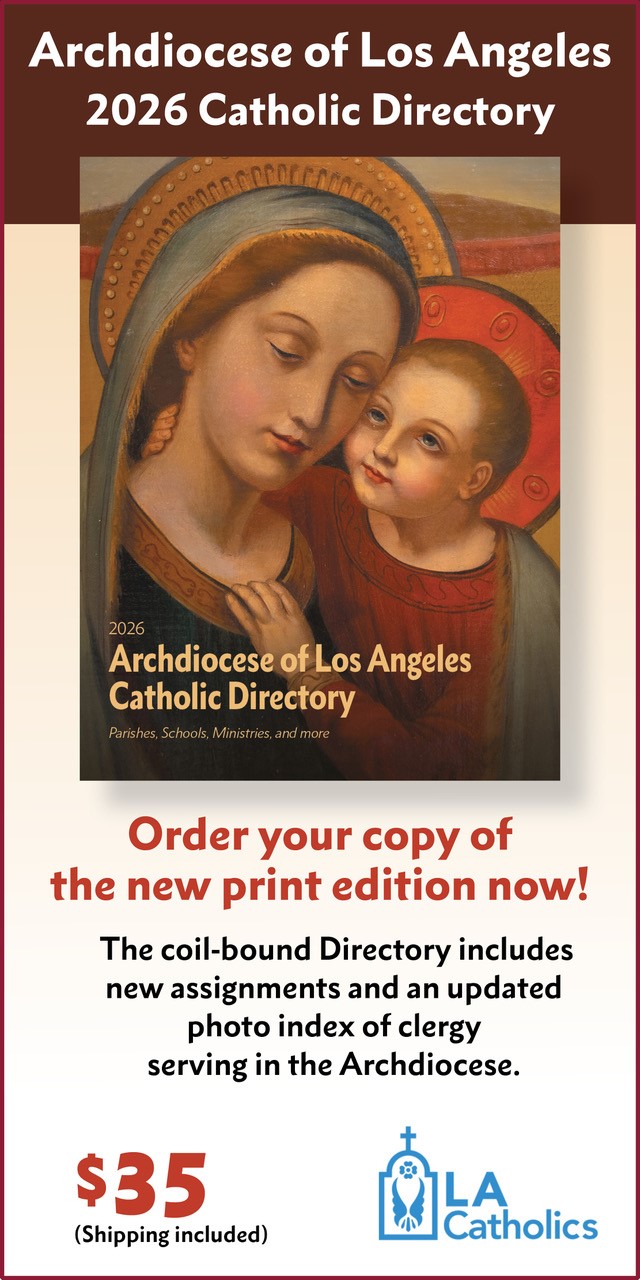What happened in the 40 days between Easter Sunday and Ascension Thursday?
It’s a reasonable question to ask about an important history in the life of the early Church.
Yet Scripture is curiously vague. The Gospels give us vivid accounts of Jesus’ resurrection, and the Acts of the Apostles later gives us a spectacular account of the first Christian Pentecost. But here is all we read about those crucial 40 days: “To them [the apostles] he [Jesus] presented himself alive after his passion by many proofs, appearing to them during 40 days, and speaking of the kingdom of God” (Acts 1:3).
It’s maddening. Why can’t we hear at least a bit about those “many proofs”? And what specifically did he say about God’s kingdom? In 40 days he must have spent many hours teaching, but this is all we get?
We should be grateful that the Church has a tradition of biblical interpretation that stretches back to the beginning. And it’s not silent about those 40 days.
The Church Fathers believed that Jesus spent those days instructing the apostles in the “mysteries.” Now, today we use that word to describe many things, from detective novels to strange natural phenomena. But in the ancient world, the word “mysteries” referred primarily to religious rituals. The sacrifices of Israel (for example) had an outward form as well as an inner meaning that was hidden. It was the job of priests, prophets, and teachers to disclose the meaning of the rites, and this process of disclosure was called mystagogy.
The word is derived from the Greek words meaning “initiation into hidden things.”
That is what Jesus was up to during those 40 days. He was teaching the disciples the doctrine and practice of the sacraments, the mysteries. He was preparing them for the work they would do once they were empowered by the Holy Spirit. And we see the results on Pentecost. The apostles spend that day preaching and baptizing. The Church spends its early days breaking the bread and praying (Acts 2:42).
In the generations afterward, this was the work of the Church during Easter season: celebrating the sacraments and explaining their meaning — explaining the symbols and gestures, the words and elements, the bread, the wine, the water, the oils.
The sacraments were instituted by Jesus. The apostles could not understand them apart from instruction by Jesus.
This is the practice the apostles passed on to the Fathers — St. Ambrose, St. Cyril of Jerusalem, St. John Chrysostom, St. Augustine, St. Denis the Areopagite, St. Maximus the Confessor.
Those were the superstars. But mystagogy was the work of bishops everywhere, and to some degree it’s our work too. Read the ancient texts and you'll see that laymen like St. Justin Martyr took up the task of explaining the sacraments. So did Tertullian and St. Cyprian in North Africa.
Mystagogy is a work the Church must recover. The sacraments are essential to the story of our salvation, yet few people understand them.
How will you tell the good news to your friends, family, and co-workers in the remaining days before Ascension?

